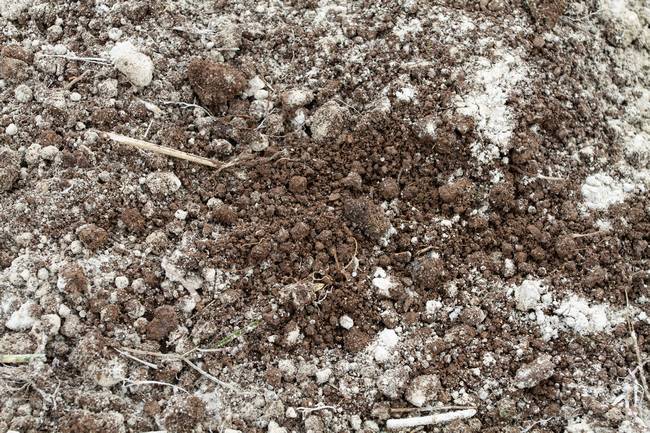Liming Can Help Enhance Carbon Capture
A study by researchers at Yale University found that adding crushed calcium carbonate to agricultural fields can remove substantial amounts of carbon dioxide (CO₂) from the atmosphere each year, while improving crop yields.
The calcium carbonate, commonly sourced from limestone formed by the fossilized remains of marine life, has strong potential for carbon capture.
The study’s co-author noted that applying multiple tons of limestone per acre could remove billions of tons of CO₂ before the end of the century.
This approach can be used alongside other soil amendments, such as silicate rocks and organic matter, to help transform farmland from a major carbon source into a carbon sink.
Calcium carbonate is already a familiar tool for many farmers, used to support plant growth and counteract soil acidification caused by nitrogen fertilizers.
The research highlights even more benefits: bicarbonate from agricultural liming that washes into oceans can raise ocean pH and support shell-building marine life, contributing to healthier ecosystems.
